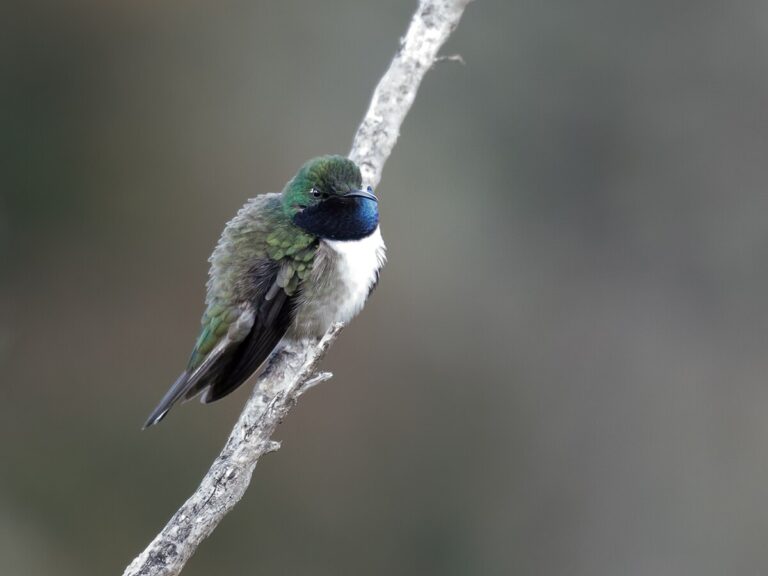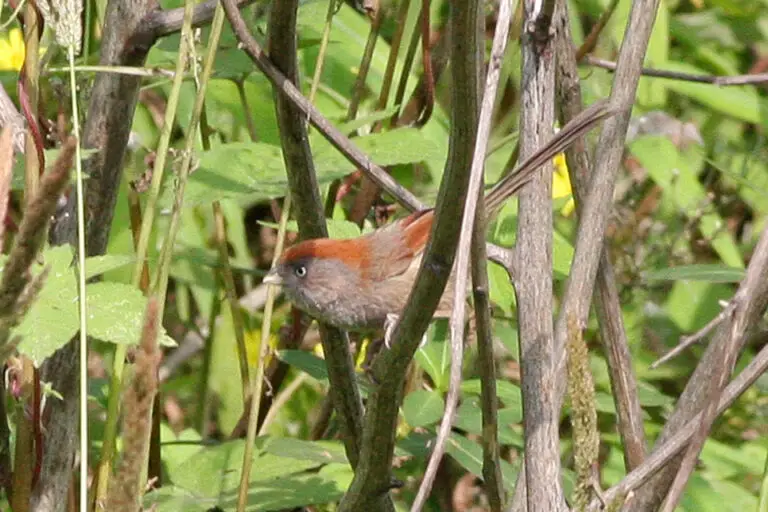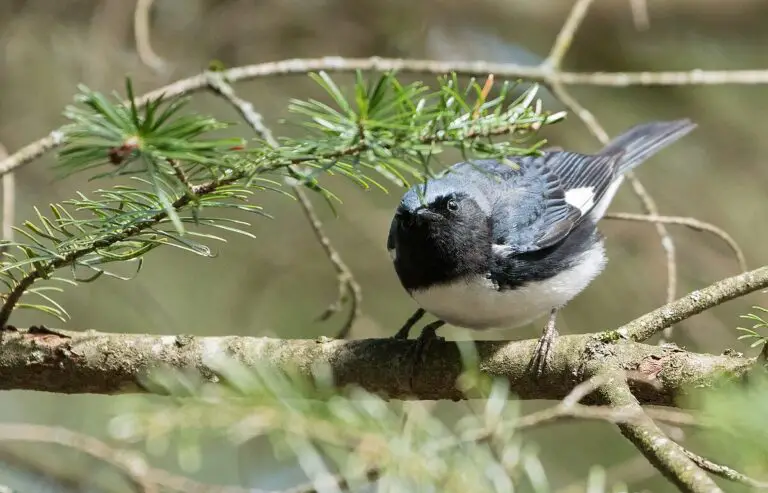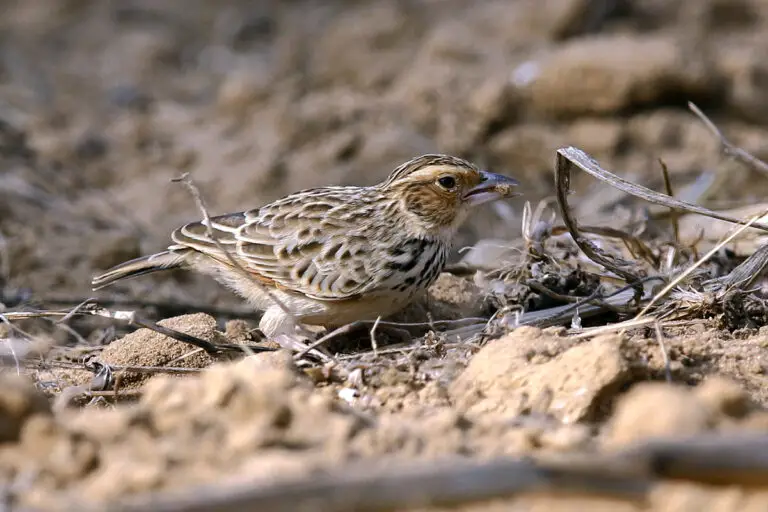Kagu (Rhynochetos jubatus)
“The endangered kagu is the only bird in the world with nasal corns!”
Kagu’s scientific classification:
- Kingdom: Animalia
- Phylum: Chordata
- Class: Aves
- Order: Eurypygiformes
- Family: Rhynochetidae
- Genus: Rhynochetos
- Scientific Name: Rhynochetos jubatus
Regarding its conservation status and habitat:
- Conservation Status: Endangered
- Locations: Found primarily in Oceania
Understanding each of these classifications and the Kagu’s conservation status is essential for recognizing its significance and the need for conservation efforts.
- Name: Kagu
- Scientific Name: Rhynochetos jubatus
- Number of Species: 2
- Location: New Caledonia
- Habitat: Rainforest or drier lowland forest or shrubland
- Conservation Status: Endangered, with fewer than 2000 individuals, and between 250 and 999 mature individuals
- Main Prey: Worms, snails, lizards, insects, larvae, spiders, centipedes, millipedes
- Biggest Threat: Dogs, cats, pigs, rats
- Distinctive Features: Nasal corns, light blue-gray plumage, striped wings, red legs, red bill, red eyes, large crest
- Other Names: Kavu, kagou, cagou
- Wingspan: About 30 inches
- Incubation Period: 33 to 37 days
- Age of Independence: 14 weeks
- Favorite Food: Worms, snails, and lizards
- Lifestyle: Diurnal, solitary or in pairs
- Nesting Location: On the ground
- Physical Characteristics: Grey and blue coloration, feathers, 20 to 30 years lifespan, 25 to 39 ounces weight, 22 inches height, 21.5 inches length
- Age of Sexual Maturity: 2 to 3 years for males; unknown for females
- Aggression: Low
Kagus, endemic to New Caledonia’s main island, stand as the sole living species in their family and one of merely two in the Eurypygiformes order. Despite their flightless nature, these carnivorous birds thrive on the forest floor, scouring the dense leaf litter for sustenance. Sporting striking light blue-gray plumage and vibrant red-orange legs and bills, their appearance belies their forest-dwelling lifestyle. While flight may elude them, they compensate with agility, employing running, jumping, and gliding to evade predators. Intriguingly, they exhibit elaborate displays, including raising their crests, spreading their wings, and engaging in circular dances to court potential mates or assert dominance. Although their endangered status looms, ongoing conservation endeavors aim to safeguard their dwindling population.
Incredible Kagu Facts
Here’s a compilation of some incredible Kagu facts:
- Unique Habitat: Kagus are exclusive to the main island of New Caledonia.
- Endangered Status: With fewer than 1,000 mature individuals, Kagus face a precarious existence.
- Adorable Appearance: These birds are often regarded as cute, with a distinctive appearance resembling a blend of a cockatoo and a penguin when they strut.
- Vocal Prowess: Known for their loud vocalizations, Kagus engage in morning duets dubbed “screaming challenges.”
- Monogamous Bond: Kagus exhibit monogamous behavior and likely form lifelong mating pairs, though they appreciate solitude outside the breeding season.
- Family Dynamics: Young Kagus may remain with their parents for up to six years, assisting in the defense of younger offspring.
- Predator Peril: Dogs pose the greatest threat to Kagus, contributing to their vulnerability in the wild.
Where to Find Kagus
The Kagu’s habitat is confined to one specific location on Earth: Grande Terre, the primary island of New Caledonia in the Pacific Ocean. Despite being approximately the size of the Oklahoma City metropolitan area at just over 6300 square miles, Kagus occupy only a fraction of this space, with their range significantly fragmented. Unlike migratory birds, Kagus remain sedentary, and no evidence of their existence has been found elsewhere, although a similar extinct species, Rhynochetos orarius, once inhabited nearby islands.
In Grande Terre, Kagus inhabit rainforests as well as drier lowland forests and shrublands. They predominantly dwell near rocks and roots, leveraging these features to easily forage for food amidst the leaf litter on the forest floor. Seeking shelter is common behavior for Kagus, who often conceal their young under tree roots or in crevices within dirt banks.
Kagu Nests
The Kagu adopts a pragmatic approach to nest-building. Their nests, often resembling haphazard piles of leaves scattered on the ground, may not exhibit the intricate construction seen in many bird species. However, in a terrestrial environment abundant with foliage, this seemingly simple method proves highly convenient and effective for the Kagu. By utilizing readily available materials like leaves, they create camouflaged nests that blend seamlessly into their forest floor habitat, providing both shelter and security for their offspring.
Scientific Name
The scientific name of the Kagu, Rhynochetos jubatus, carries intriguing linguistic origins. “Jubatus” stems from the Latin word for “crested,” alluding to the bird’s distinctive crest. “Rhynochetos,” on the other hand, originates from Greek, combining “rhyn-” denoting “nose” with “-ochetos,” signifying “channel” or “duct.” This nomenclature highlights the bird’s unique nasal anatomy, specifically its nostrils adorned with flaps known as nasal corns, a feature unparalleled among avian species worldwide.
The taxonomic classification of the Kagu has sparked debate for years. Initially grouped within the Gruiformes order, which encompasses crane-like birds based on physical resemblances, the inclusion of various birds within this order has faced scrutiny since its inception. In the 1980s, ornithologists advocated for the separation of certain species, including the Kagu and the sunbittern, into a distinct order known as Eurypygiformes. Within this order, the Kagu stands as the sole living representative of its family, Rhynochetidae, underscoring its evolutionary uniqueness within the avian kingdom.
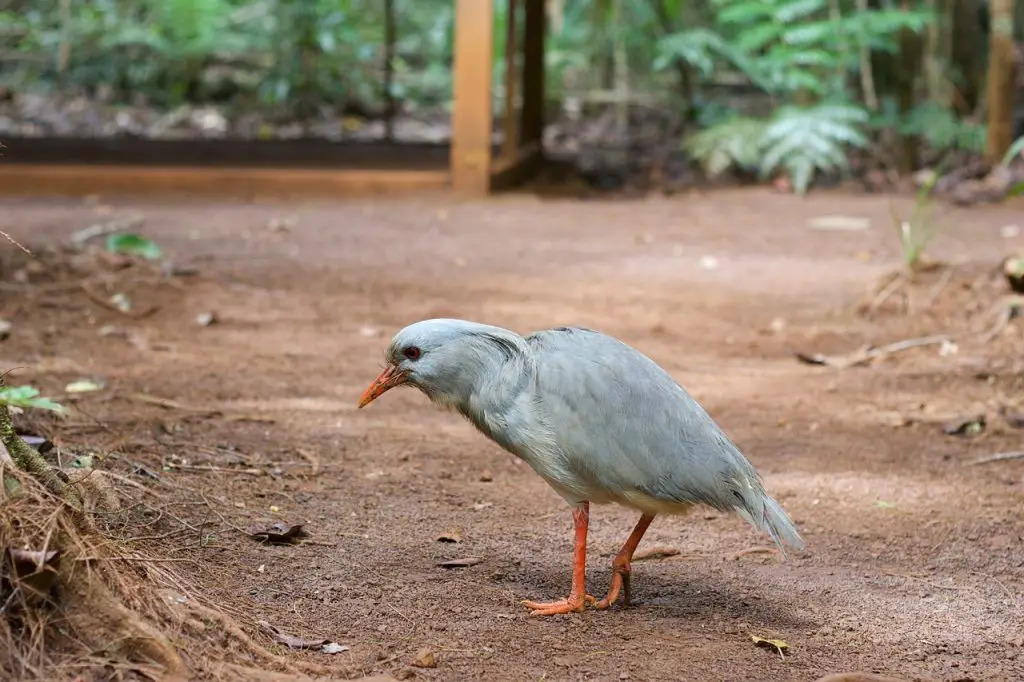
Kagu Appearance
Kagus defy the typical appearance associated with forest-dwelling birds, boasting a striking light gray hue with subtle blue undertones. Their tall crest of feathers, reminiscent of a cockatoo, adds to their distinctive appearance, serving various purposes like threat displays or mating rituals. Dark and light stripes adorn their wings, crossing perpendicular to their bodies. Notably, their feathers possess a slightly fluffy texture, with specialized powder downs aiding in maintaining dryness.
Standing out against their plumage are their vivid red-orange legs, creating a stark contrast. Their captivating red eyes not only add to their aesthetic appeal but also enhance their vision in the dim forest light. Equipped with long, pointed bills, also in red-orange hue, Kagus feature nostril coverings known as corns, safeguarding against dirt and debris infiltration.
Juvenile Kagus closely resemble adults in structure but exhibit a different coloration scheme. Their plumage blends light and dark brown tones, providing effective camouflage within their habitat.
Size
Kagus, though comparable in size to a chicken, bear a closer resemblance to small herons or egrets in appearance. Typically reaching a height of approximately 22 inches, they boast a wingspan spanning between 30 to 32 inches. Their weight falls within the range of 1.5 to 2.4 pounds.
Kagu Behavior
Kagus, being flightless, lead their lives predominantly on the forest floor, where they scour for food amid the leaf litter, rocks, and roots. Active primarily during daylight hours, they perch on various low structures like branches, trunks, vines, and rocks when not foraging. Remarkably agile, they employ swift footwork, leaping over obstacles and gracefully gliding down from ledges akin to parkour runners, a tactic utilized to outmaneuver predators.
Engaging in distinctive behaviors, Kagus display their crests prominently raised and wings held down and out during strutting, a common occurrence in courtship and encounters with rivals. This display often accompanies a circular dance, wherein individuals circle each other before strutting off, either together or in opposing directions. While they may exhibit territorial aggression, Kagus are generally docile, resorting to displays such as wing-flapping, fanning, and crest-raising when cornered, possibly to disorient pursuers and facilitate escape. Notably, parental Kagus may feign injury to divert predators away from their nests.
A remarkable daily ritual observed among Kagus is their morning chorus, which resonates through the forests of New Caledonia during breeding season and beyond. Pairs engage in duets, creating what some describe as a “screaming challenge” lasting approximately 15 minutes and audible over considerable distances. Male Kagus are typically more vocal than females. Their calls, resembling a blend of a rooster’s crow and a medium-sized terrier’s bark, reverberate through the forest, interspersed with softer hisses or cackles.
Diet
Kagus employ a strategic approach to foraging, delving into leaf litter and exploring between rocks and beneath roots to procure their sustenance. Their elongated beaks play a pivotal role in this pursuit, allowing them to probe effectively, while the nasal corns serve as a protective mechanism against inhaling dirt and debris during their hunt. Among their preferred fare are snails, worms, and lizards, supplemented by a diet comprising insect larvae, spiders, centipedes, millipedes, and various insects like cockroaches, beetles, crickets, and true bugs. Additionally, they occasionally indulge in fruits.
During hunting, Kagus exhibit remarkable patience and precision. Standing steadfastly on one leg, they maintain a motionless stance for extended periods, awaiting opportune moments to strike. With calculated precision, they seize their prey, employing their bills adeptly to shred food and extract the delectable portions. This ingenuity underscores the resourcefulness of these clever birds in securing their sustenance.
Kagu Reproduction
Kagus exhibit monogamous behavior, although they predominantly lead solitary lives. Pairs form strong bonds, defending both their nests and territory together, often for life. Within their clan-based social structure, one female typically mates with one to three breeding males, accompanied by additional male offspring acting as defenders. Females produce a single egg annually.
The humble Kagu nest, a simple heap of leaves on the ground, belies the significance of its role in the bird’s life cycle. Mated pairs take turns incubating the solitary egg for a little over 30 days.
Upon hatching, Kagu chicks quickly depart the nest, often within three days. Despite their early exploration, they remain close, returning to sleep in the nest for up to six weeks and staying in the vicinity of their parents for eight to ten weeks. Parental care continues until the chicks reach approximately fourteen weeks of age, marking their independence. Remarkably, young Kagus exhibit familial loyalty, aiding their parents in defending younger offspring until they reach maturity, which can extend up to six years. Their strong familial bonds are further evidenced by instances of Kagus adopting orphaned chicks, highlighting their profound sense of kinship.
Predators & Threats
The Kagu’s existence is intricately tied to the main island of New Caledonia, where it evolved in relative isolation, free from predators. However, the introduction of mammalian predators such as dogs, cats, pigs, and rats over time has dramatically altered the Kagu’s once secure environment, posing the most significant threat to its survival today.
In addition to predation, habitat degradation presents a pressing challenge. While New Caledonia’s main island is small, only a fraction of its landmass comprises the dense forest that Kagus prefer. Much of their natural habitat has been cleared for activities like ranching and mining, further diminishing their already limited living space.
Recognizing the urgency of the Kagu’s plight, conservationist Yves Letocart took action in the 1970s when the population plummeted to fewer than 100 birds. Initiating a captive breeding program in the early 1980s, he concurrently worked to eradicate stray dogs from the Parc Provincial Rivière Bleue, a preserve crucial for Kagu conservation efforts. Although initial progress was slow due to the Kagu’s low hatchling rate and the continued threat of predation by dogs, Letocart’s efforts laid the groundwork for the species’ eventual recovery.
Lifespan of the Kagu
Kagus possess the potential for a lengthy lifespan, spanning from 20 to 30 years in the wild, provided they evade premature demise due to predation or other hazards. Presently, their population dwindles, estimated at fewer than 1,000 mature individuals, earning them an endangered status on the IUCN Red List of Threatened Species.
Within New Caledonia, Kagus persist in only five or fewer subpopulations. The largest among them, situated in Parc des Grandes Fougères, once boasted over 1,000 individuals in 2017. However, a devastating setback occurred that year when two stray dogs decimated 75 percent of families within a single season. In Parc Provincial Rivière Bleue, the next largest population, numbers hovered around 500 in 2007 but steadily declined over the subsequent five years. Similarly, populations beyond protected preserves have witnessed consistent decline in recent years.
The Kagu in New Caledonian Culture
The Kagu holds profound cultural significance among the indigenous Kanak people of New Caledonia, earning the evocative moniker “ghost of the forest.” Revered for its mystical presence, the Kagu’s calls were woven into the fabric of Kanak culture, finding resonance in their traditional war dances. Despite their reverence, the Kanak people also hunted Kagus for sustenance, utilizing their meat and feathers in ceremonial attire. During the 1800s, outsiders further threatened the species, nearly driving it to extinction as they prized its valuable feathers for high fashion.
In contemporary times, the Kagu has ascended to become the national bird of New Caledonia, assuming a pivotal role in the nation’s cultural identity. Its likeness graces New Caledonian currency, postage stamps, and official documents, symbolizing the island’s unique biodiversity and heritage. For years, its haunting call marked the conclusion of the broadcast day on the national television station, serving as a poignant reminder of its significance.
Although the Kagu’s population remains precarious, conservation efforts enjoy widespread support among the people of New Caledonia, underscoring the collective commitment to preserving this cherished avian emblem.
Lastly
The Kagu bird, with its ethereal presence and unique characteristics, embodies the rich biodiversity and cultural heritage of New Caledonia. Revered as the “ghost of the forest” by indigenous communities and celebrated as the national bird of the island, the Kagu’s survival is intricately intertwined with conservation efforts and societal commitment. Despite facing threats from habitat loss and predation, the Kagu symbolizes resilience and unity in safeguarding our natural world for future generations.
